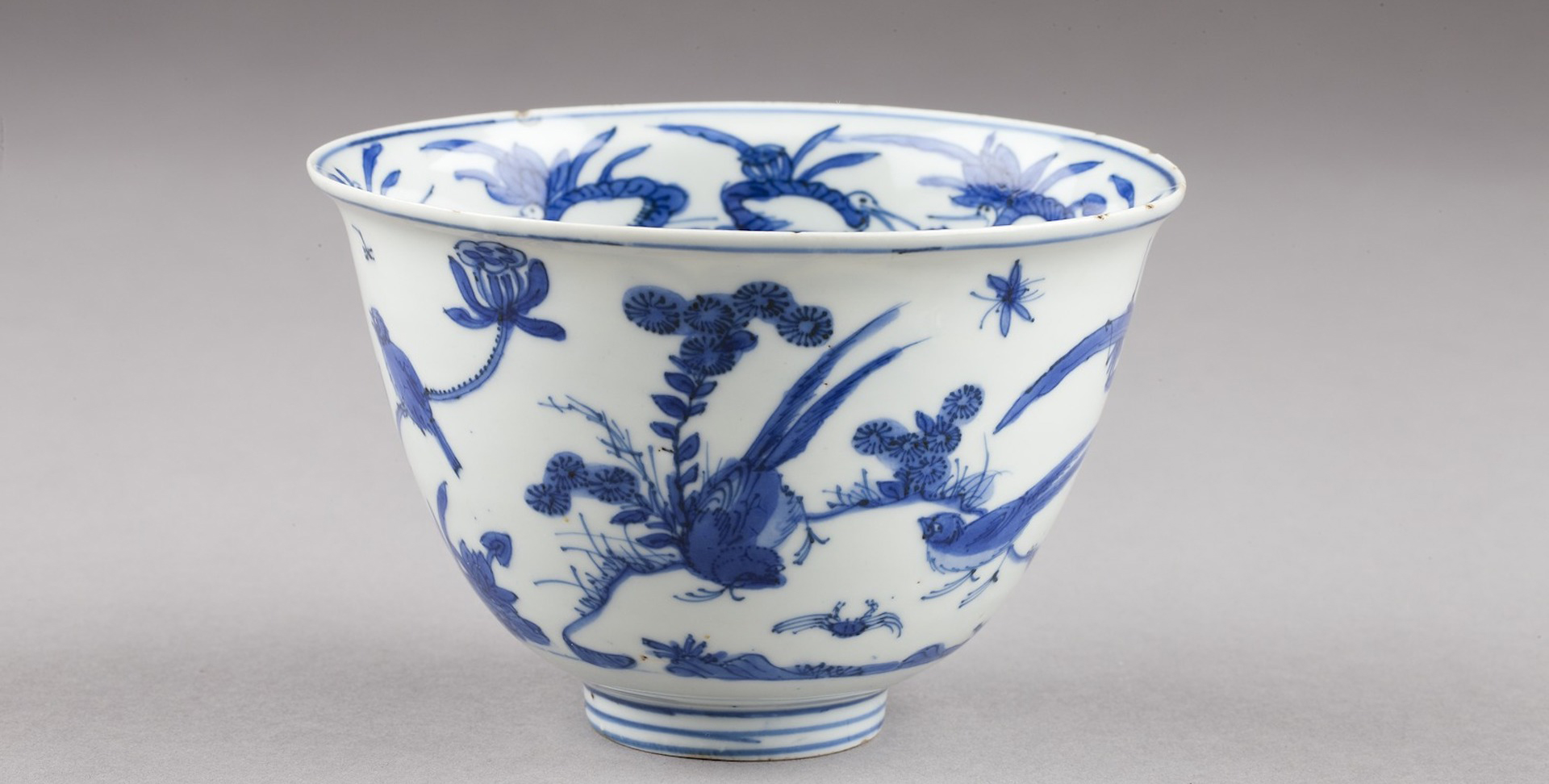


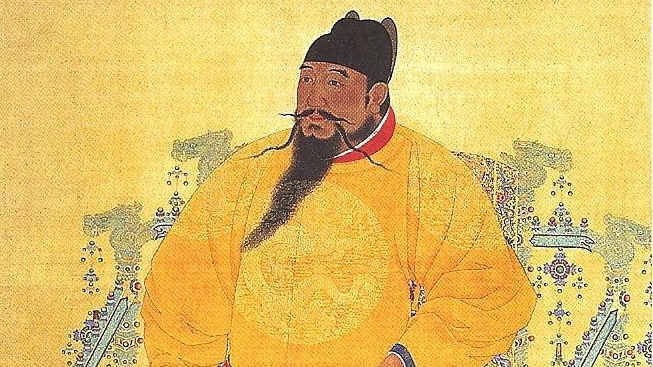

After setting up his capital in Beijing, Emperor Ming Yongle built the Forbidden City there.
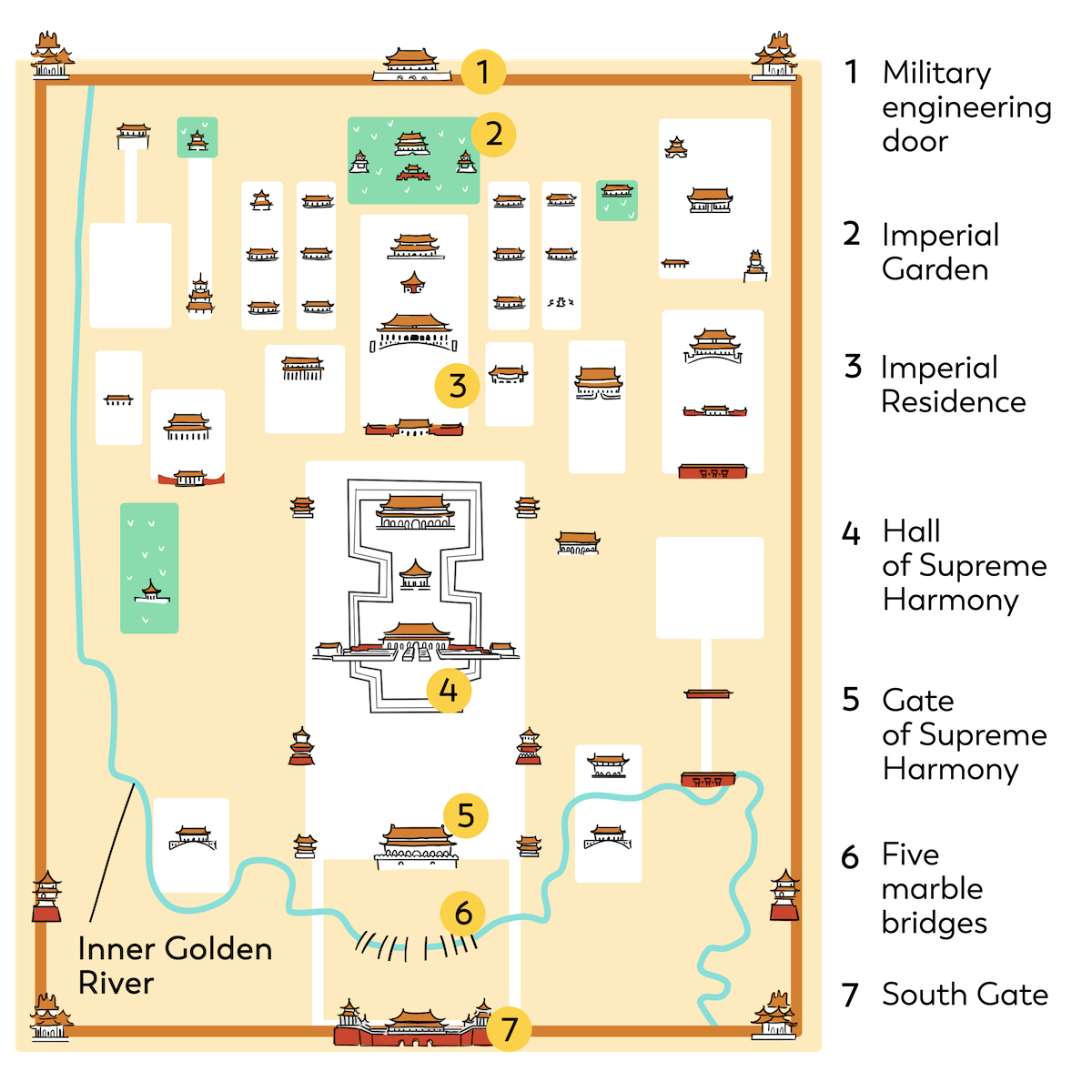
When he chose Beijing for his new capital, Yongle decided to build the biggest palace ever: the Forbidden City. He did not take this task lightly; everything was very carefully organized.
The buildings were placed to form a rectangle over 700 metres long. First the public buildings to the South, then the private areas for the Emperor, his family and associates, to the North.
With hundreds of buildings, the Forbidden City offered the Emperor everything he needed. For a very good reason – the ruler almost never left his enormous palace!

The Forbidden City, a gigantic rectangle 700 meters long with almost 10,000 rooms, was the Emperor’s main living quarters.
To supply the Forbidden City with crockery and vases, the Ming Emperors founded an imperial factory in Jingdezhen, a town reputed for its production of china. When the china was for the Court, there was no end to the potters’ talent.
That is how decorative techniques developed more than ever under the Ming dynasty. “Willow Pattern” china reached such heights of refinement that it was sold as far away as the Middle East!

The imperial china factory produced the famous “Willow Pattern” items so highly prized that they were sold as far away as the Middle East.
Ceramics is one of the most ancient art forms in China.
But be careful not to mix up stoneware, terra cotta, and china!

By varying the temperature and raw material, different types of ceramics may be obtained: terra cotta, stoneware, or china.
The Emperors of the Ming Dynasty had big ideas for more than just their palaces!
Their tombs were not left out either. We should point out that they emulated the Imperial Homes.
As was the case for the Forbidden City, a wall enclosed several buildings in succession, lined up North to South, right up to a hill where the bodies of the Emperor and Empress were buried.
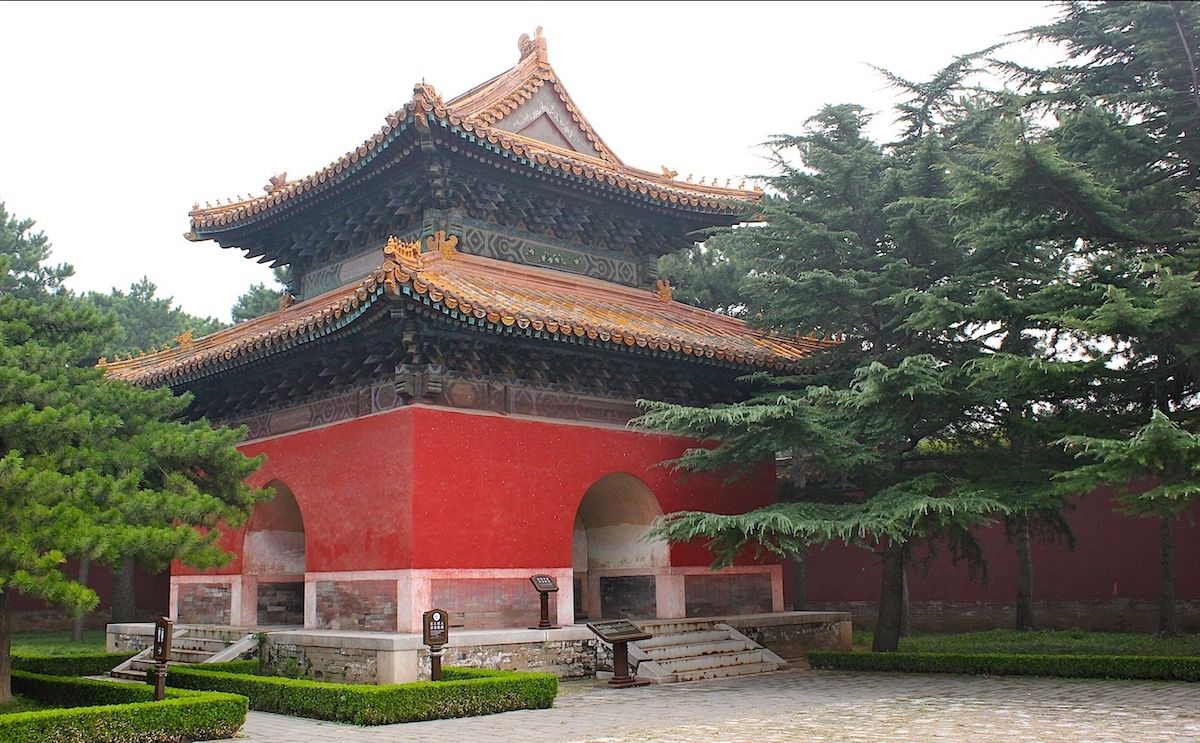
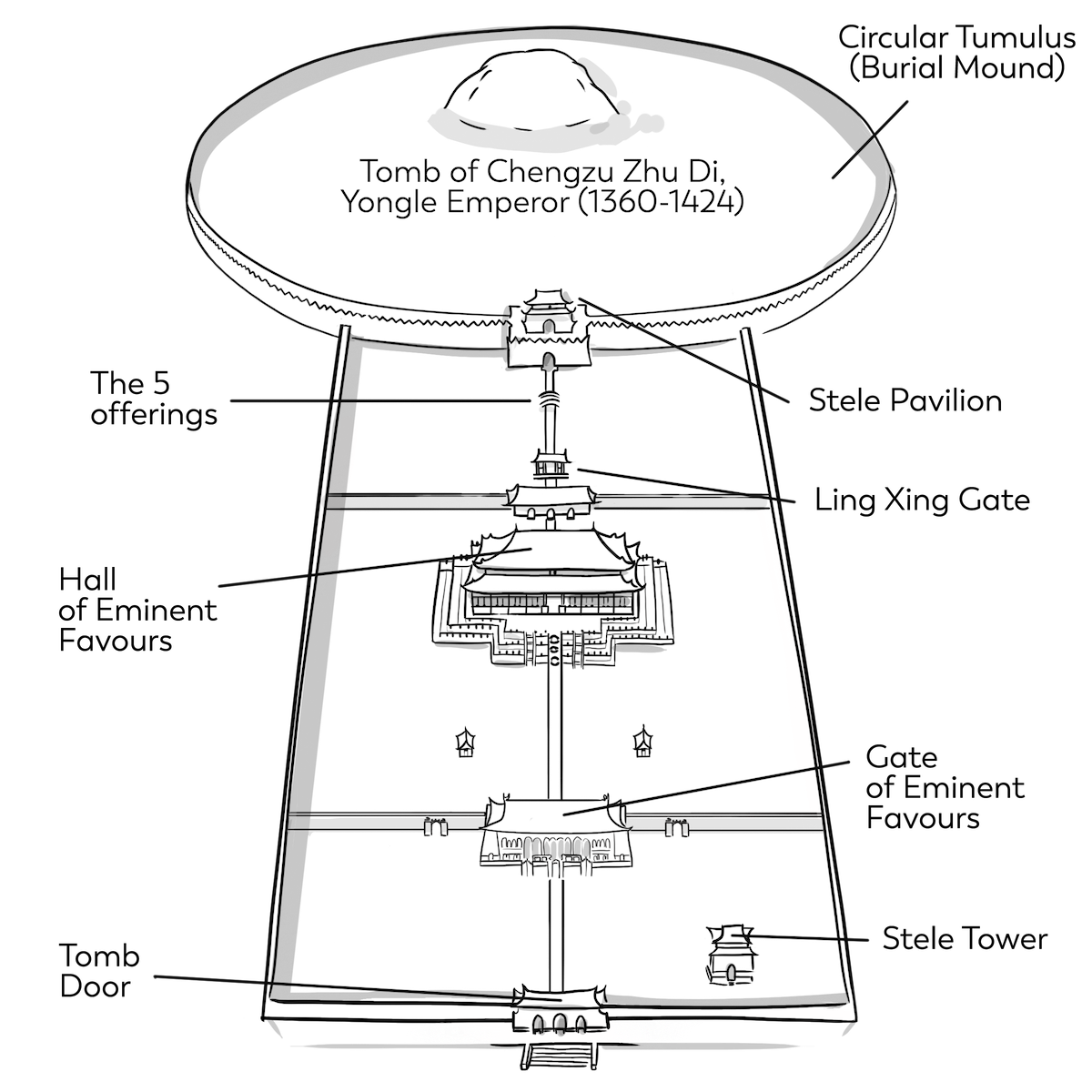

The Ming tombs had the same layout as the Forbidden City.

"*" indicates required fields